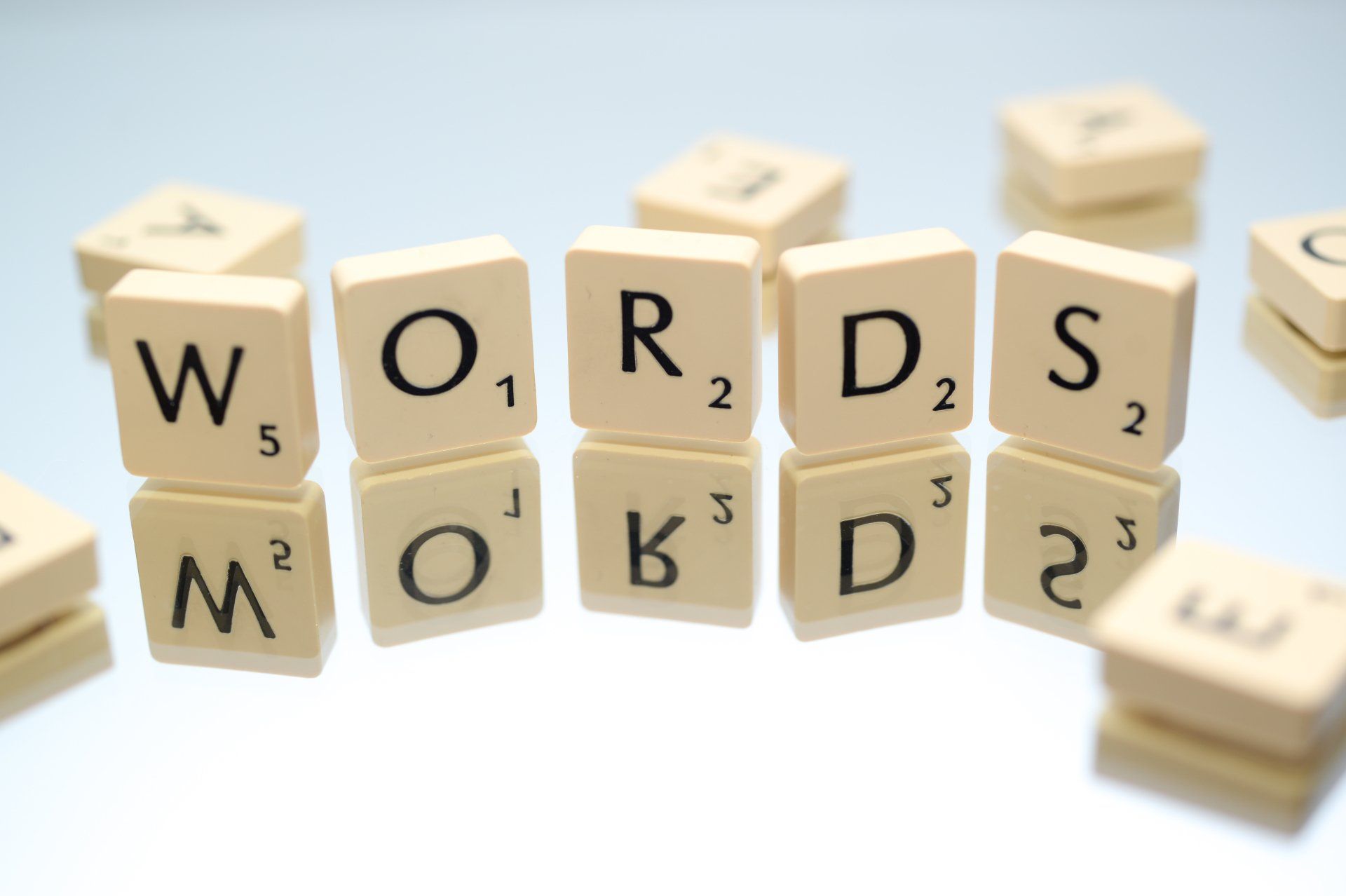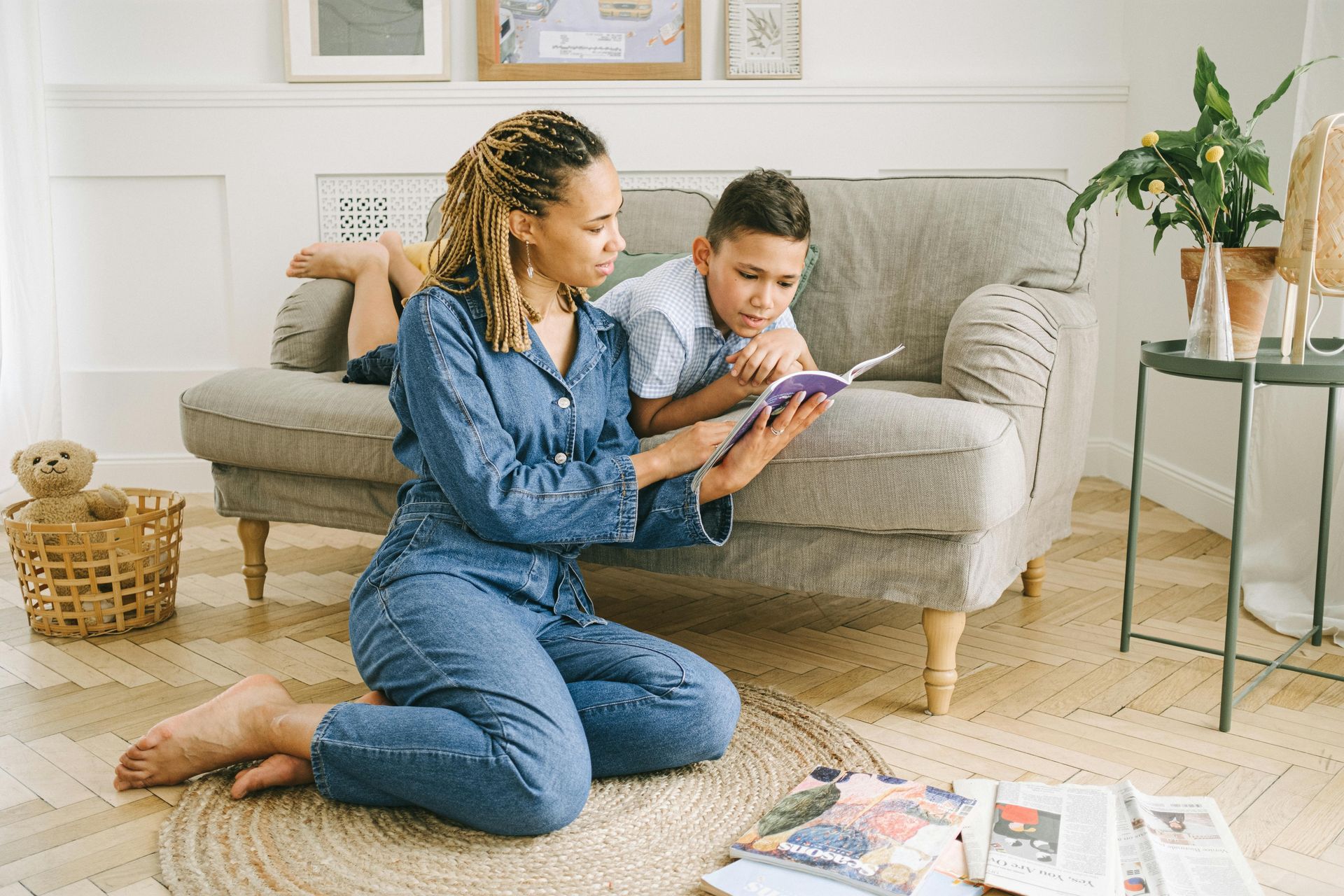Blog
Why We Love Reading With Our Kids
Let’s face it—you’re busy, and so are your kids. It’s hard to find time to have a meal together, much less actually read together. Research shows that reading with your child has benefits beyond just learning to read; children who are read to also build empathy and connection with their caregivers.
March is National Reading Month, a time to celebrate reading together. In honor of National Reading Month, we polled the One Minute Reader staff to find out why they love reading with their children or grandchildren. We hope their responses will inspire you and your children to spend some time enjoying a good book together!
Here is why our staff loves reading with kids:
"Reading aloud at bedtime is wonderful. I miss some of the voices who did that for me." ~Ian, IT Team
"Reading with my kids was a lot of fun. I'd try to perform the books instead of just reading them so that the kids would really enjoy them." ~Marc, CEO
"I loved the routine of getting the kids ready for bed and reading a book or two before tucking them in. As they got older, I loved reading chapter books with them and discussing the plot, characters, and theme. I now get to enjoy bedtime snuggles and reading with my 9-month-old grandson. There is nothing better!" ~Michelle, Assistant Director of Curriculum
"I love having them close to me and sharing a story. I love listening to their opinions and questions." ~Claire, Teacher Trainer
"Reading every night to my kids has, I think, been one of the best things I've ever done as a parent. We've shared in adventures and laughter; experienced fear and distress (from the safety of our home); felt the joy of love and redemption; and together kindled the spark of imagination. And beyond the aim of spending quality time together, I know that reading together has helped develop their curiosity about their world and has shown them reading isn't something to be feared or shied away from. It provides an opportunity to learn new things and experience the world in new ways. It is a tool to help them continue to grow and be better humans." ~Dan, Director of Operations
"Enjoying books with children is one of the great joys of life. Hearing a toddler ask for a favorite story again and again shows their love of reading from an early age." ~Sarah Jane, Director of Research and Professional Learning Materials
"I love when my kiddos make the connection of something that happened in a book to something in real life. Seeing that "click" and light shine in their eyes is so fun to watch." ~Jenna, Customer Service
"I love the bond that forms between the reader and listener. And it's so fun to see understanding growing and expanding." ~Karen, Director of Curriculum
"I love the way reading connects me with my four kids. My 14-year-old was just complaining about needing to read Great Expectations for his literature class, which made me reminisce about reading that book at his age. I told him I thought it was boring at first too, but it's worth it to hang in there. It was fun for us to have a shared experience over the same book, decades apart. I have this experience when I introduce my kids to books I loved as a kid, too; it's even better to relive those books through their eyes. They've introduced me to some great books over the years too!" ~Anne, Writer
What did we miss? What is your favorite part about reading with your kids? Please share!
Highlighted Posts


Ready to see an improvement in your child's reading?
Sign up today and get seven days for FREE.
One Minute Reader is just $8 per month after your free trial.
